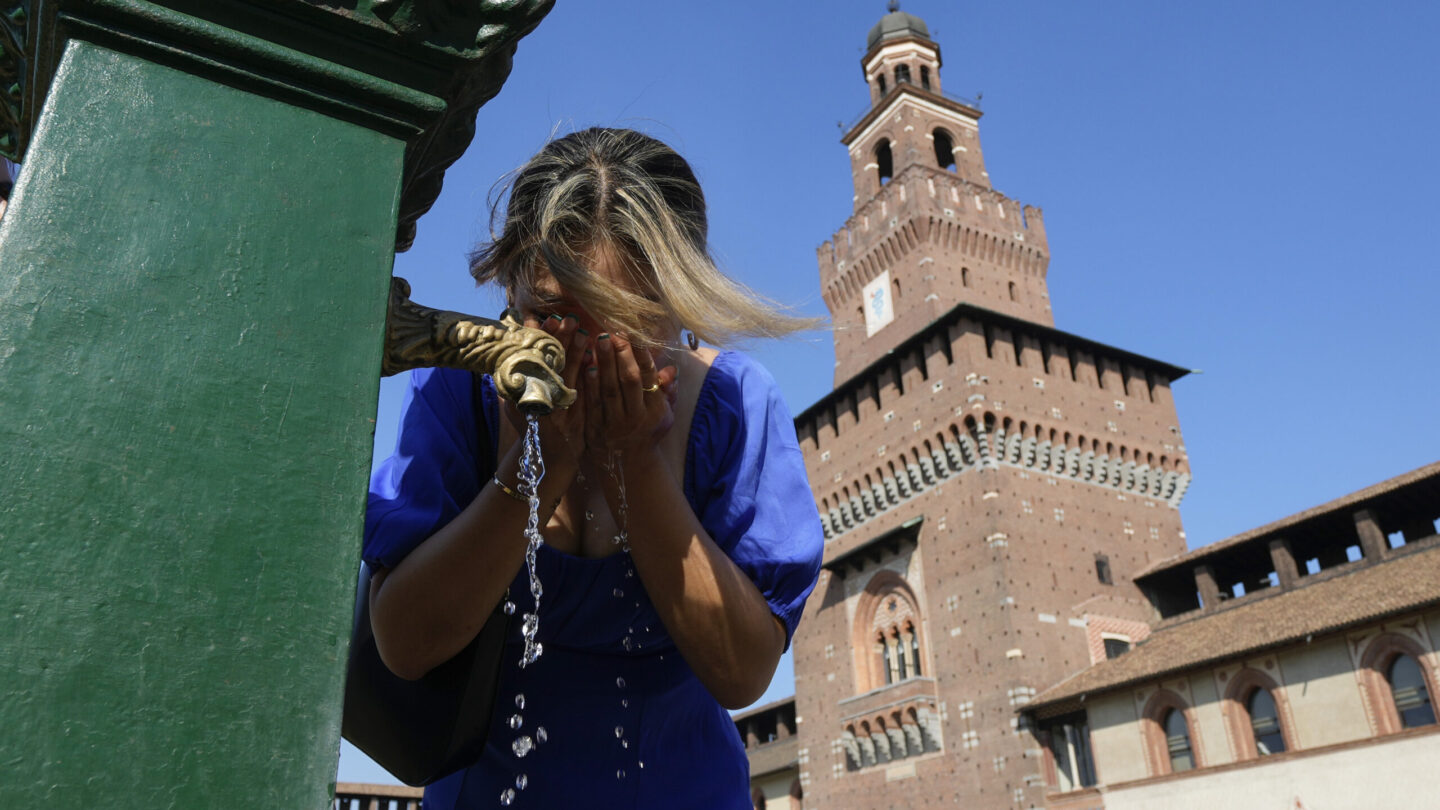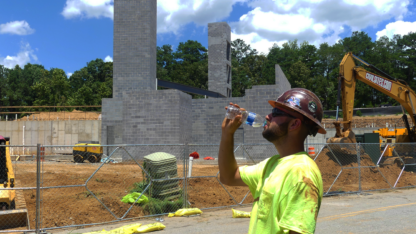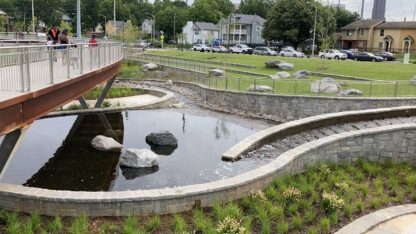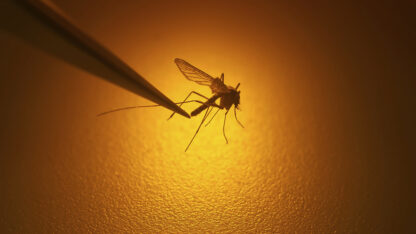All summer in Tokyo, Ms. Tsutsumi, a gray-ponytailed 73-year-old, has worried about getting sick from the heat.
“The other day it was so hot,” she recalls, “I went to a shrine and prayed, ‘Please let us survive this summer.'”
Like North America, Europe and other parts of Asia, Japan has been dealing with a scorching summer.
At the shrine, Tsutsumi bought a charm that reads “no sickness.” It’s now hanging at the entrance to her small, muggy second-floor apartment. The bathroom has no bathtub or shower, so she can’t take a cold bath or shower to gain relief from the heat. (For hygiene, she uses wet wipes and periodically goes to a communal bathhouse.)
And the building has no elevator, so she has to be very careful navigating the stairs. Her biggest fear is that a moment of weakness in the heat could make her fall.
Sadly, these types of incidents are not uncommon, says Glen Kenny, a physiology professor at the University of Ottawa who researches how our bodies handle heat.
As temperatures soar around the world, there’s more advice than ever on how you can stay cool. But what if you’re also concerned about protecting those around you?
While advice can vary depending on climate conditions and individual circumstances, emergency responders and researchers who study the impacts of heat waves say you can still do plenty to safeguard others.
Preparing for extreme heat
Knowing which people in your life are more likely to be vulnerable to heat stress can help you better support them when rising temperatures pose a danger to their health.
Who’s particularly at risk?
People who aren’t acclimatized to the heat because they are from cooler regions or spend little time outdoors; infants, especially newborns; people in their 60s and older; outdoor workers with little control over their working hours; those with certain health conditions or medication regimens that limit the body’s ability to regulate temperature; and for a variety of reasons, people living in poverty (for example, they have a higher likelihood of chronic health conditions or a lack of air conditioning).
Just as more cities are preparing plans for dealing with extreme heat, loved ones and neighbors can help each other develop their own individual plans.
This could start by ensuring that people are receiving heat alerts in the most useful language, whether these alerts are linked to social media, weather bulletins or other sources of information. This planning could also involve periodic checks of any air conditioners to ensure they’re working properly.
You can even map out the cool and warm zones in someone’s home. Kenny advises helping at-risk people limit the use of areas of their homes that are most exposed to the sun. Even putting blankets over the windows in the hottest rooms can be helpful.
Keeping spray bottles on hand — for misting the skin — can help keep someone’s body temperature in check. And making sure that prepared food is available means that the stove doesn’t need to be turned on.
It can be awkward to run through disaster scenarios with an acquaintance, but it’s useful to spark conversations about heat stress, as not everyone is aware of the symptoms or the risks.
When should you call for an ambulance?
Health problems may start with relatively mild cramping, as well as muscle spasms brought on by strenuous activity in the heat.
Heat exhaustion is more common. It can include nausea, vomiting, cool or clammy skin, faintness or dizziness, and a quick but weak pulse.
These symptoms intensify with heatstroke: The pulse tends to become stronger, the skin gets redder and the faintness can turn into confusion or loss of consciousness. You can also keep an eye out for headaches and a temperature above 103 F.
Starting in June, Japan experienced temperatures topping 104 F, coupled with high humidity, as part of its worst-ever heat wave since records began.
“I feel the difference because we see a lot more patients with heatstroke,” says Osamu Tadachi, a paramedic in the city of Koshigaya.
They were receiving three times as many heatstroke call-outs as in previous years, without enough ambulances and staff to respond to them all, he says.
Tadachi, who’s also the general secretary of the National Council of Japanese Firefighters and Ambulance Workers, says that a person may have heatstroke even if the individual isn’t sweating, but is staggering or nonresponsive. Dry lips are another worrying sign. He recommends calling for an ambulance in these situations.
In Oregon, Tremaine Clayton of Portland Fire & Rescue vividly recalls his city’s devastating and unexpected heat wave in 2021.
When someone has symptoms of heat exhaustion that are not yet at the level of a medical emergency, Clayton advises spraying cool water on the person, moving the individual into an air-conditioned space, removing clothes and giving water (try to avoid caffeine, soda and other diuretics).
Clayton suggests waiting about 20 minutes to see whether there’s improvement. If the symptoms remain or if they tip over into heatstroke (for instance, disorientation), it’s time to call an ambulance.
While waiting, the neck, armpits and groin are particularly important to cool.
For people whose heatstroke is brought on by physical exertion, it’s crucial to get them into cold water, says Kenny, of the University of Ottawa.
Jun Kanda, an emergency physician and researcher at Teikyo University Hospital in Tokyo, stresses the importance of looking out not only for a high temperature but also for dehydration. “People do usually recover after they drink water,” says Kanda, who’s a member of the Japanese Association for Acute Medicine’s Heatstroke and Hypothermia Surveillance Committee. So if they’re unable to take in liquid, that’s a worrying sign that would merit an emergency call.
Continuing to check in
Many heatstroke cases happen away from public view — for instance, in the overheated bedroom of an elderly person who lives alone. People over 65 are more likely to be confined indoors and have trouble paying energy bills, making it challenging to use cooling devices even if they have them.
Overall, social isolation is a major killer during heat waves.
In Tadachi’s experience, it might take several missed phone calls or a stack of newspapers accumulating outside the door for neighbors to get worried about a person who lives alone.
Some cities have attempted to formalize check-ins before it’s too late. Because a high proportion of people who died in British Columbia’s 2021 heat dome lived and died alone in low-income housing, the city of Vancouver has proposed funding a group of tenants to conduct room checks in single room occupancy buildings, among other measures.
Another Canadian city, Saskatoon, is working with civil society groups to identify seniors who may benefit from hot-weather checks. And in New York City, the Be a Buddy program connects volunteers with people who have health risks related to climate change.
While these programs are positive, not everyone will know about or opt into such services. It can be especially challenging for many community programs like these to reach older men living alone. This is where a personal connection can be a lifeline.
Wellness checks can be done either in person or over the phone, says Kenny. Even a phone call can help you determine whether someone is disoriented — you can ask basic questions like “When is your birthday?” Figuring out whether windows are open and how often someone is drinking water also gives you a sense of how the individual might be faring in the heat.
On a home visit, you can check whether the home feels warm. Kenny says that in general, a temperature above 78 F poses a risk to elderly people and those with chronic health conditions; above 87 F would call for alternative arrangements.
Kenny advises doing these checks between one and three times a day during extreme heat events. And it’s best to come to a wellness check prepared with a spray bottle of cool water, towels to wet and drape over the skin, and drinking water.
Apart from advocating for stronger climate action, the most helpful thing any of us can do in the heat is also the simplest: check in on others who may be vulnerable before it gets to a crisis point.
“There are lives that could have been saved,” Kanda says of Japan’s early-summer heat wave this year. “To do so, we need to look out for each other.”
Reporting for this article was supported by the Social Science Research Council and the Japan Foundation Center for Global Partnership, through the Abe Fellowship for Journalists. This story was reported with Chie Matsumoto.
Copyright 2022 NPR. To see more, visit https://www.npr.org.
9(MDAxODM0MDY4MDEyMTY4NDA3MzI3YjkzMw004))

9(MDAxODM0MDY4MDEyMTY4NDA3MzI3YjkzMw004))








